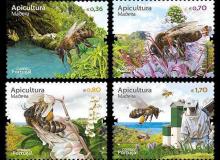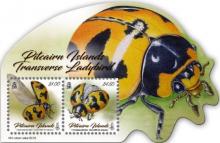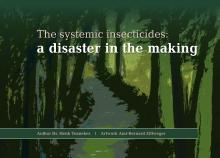Imidacloprid Found to Make Bees Less Social
Scientists said they’ve found that exposure to the neonicotinoid pesticide imidacloprid produces complex changes in the social behaviors and activities of bumblebees – a very bad thing for creatures who rely on their colonies to survive. Bumblebees exposed to imidacloprid became less social and spent less time together. The bees also spent less time nursing larvae, foraging and constructing the wax canopy which insulates and regulates the temperature of the hive.










